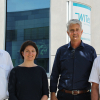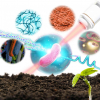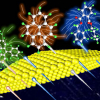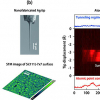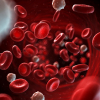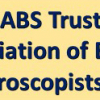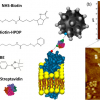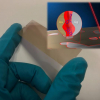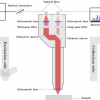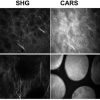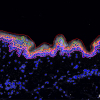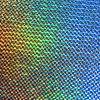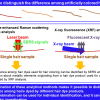Raman Spectroscopy News
Researchers at the University of Illinois Chicago have used graphene and Raman spectroscopy to detect the SARS-CoV-2 virus in laboratory experiments.
Oxford Instruments has acquired WITec for a cash-free, debt-free consideration of €42 m.
Raman spectroscopy sort and sequence the genome of bacteria in soil one bacterial cell at a time, while also identifying what its function is in the soil environment.
A general-purpose SERS method has been developed for actively capturing target molecules in small gaps based on a nano-capillary pumping model.
This newly discovered enhancement mechanism of Raman scattering will open up the possibility of atomic-scale ultrasensitive vibrational spectroscopy to investigate surface structures of semiconductors.
Papers covering Raman imaging measurements on zebrafish embryos, meteorites and jet engine thermal barrier coatings have received recognition in the WITec Paper Award 2021.
An international research collaboration has found that Raman microspectroscopy and Raman imaging can identify aneurysm-specific signs in elastic and collagen fibres of the aorta.
Applications are invited for two awards administered by the ABS Trust.
Wasatch Photonics achieves ISO 9001:2015 certification for their volume phase holographic diffraction gratings facility.
A research team from the Zhejiang University Institute of Translational Medicine has developed an active SERS probe that can be used for SERS imaging of tumours.
Researchers at Kanazawa University have successfully tested a sensor for measuring hydrogen peroxide concentrations near cell membranes. The sensor has the potential to become a tool for new cancer therapies.
Stress caused by soil bacteria can have a positive effect on plants and Raman spectroscopy is being used to help study this.
A new study has improved a chemical sensing chip based on surface-enhanced Raman spectroscopy (SERS) that aims to identify drugs and other trace chemicals quickly and accurately.
Researchers have shown that Raman spectroscopy can help in the early detection of oral squamous cell carcinoma.
An EU research project, CARMEN, aims to develop a multimodal imaging system capable of detecting cancerous cells during surgery.
Multimodal imaging is being used by scientists to study skin ageing through the interaction of metabolism, cellular communication and cellular quality control in skin ageing accelerated by environmental stress.
Strong investment in photonics will help us fight infectious diseases that kill an unimaginable number of people and prepare us against future pandemics, says Dr Jürgen Popp of the Leibniz Center for Photonics in Infection Research (LPI) that is currently under construction in Jena.
Scientists at Tokyo University of Science have combined SERS and XRF to distinguish between differently dyed individual hair strands for forensic investigations.
Shimadzu opened a branch office in Denmark in September, providing local support.


